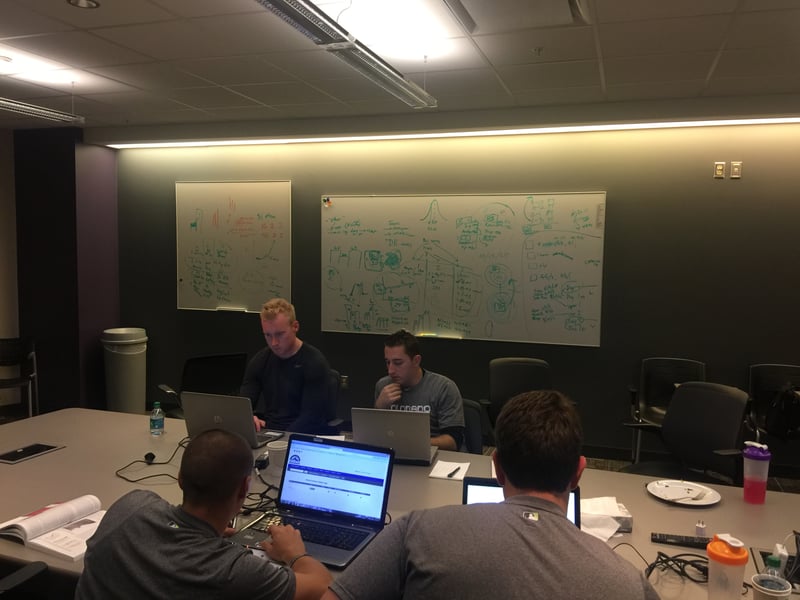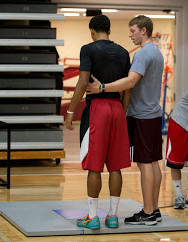
I am finishing up our 3rd week in Spring Training with our MLB partners, and asked a pitching coach how the training program was going; what was good and what could be improved. He responded with my favorite word, a word I have never used around him, the coaching staff, or even the players. He just said “Intent.” He went on to explain that everything the performance staff was doing had a reason; counting the number of skips in the warm-up, timed sprint/agility even in-season, logging weights within the workout using a timer, and the list went on. Some performance or strength programs have intent, they have a solid rationale for why things are done, but such conviction is only helpful if the athletes and staff know this intent. The intent has to be sold, every day.
Often times, selling brings a poor image; a pushy salesman with a hidden agenda that benefits only one person. The reality is that all great coaches excel at sales, especially when you consider the definition of coaching, “the transfer of knowledge from one person to another.” Perhaps a more palatable term for selling is education.
This pitching coach did not observe this intent from his players by chance; the strength staff spent hours together defining the intent of their program. They argued over the details; the name of movements, the goals of each movement, and the way it could be measured and revealed to the athlete. Heated debates took place about everything from the mechanics behind myofacial release, to the best squatting progressions. These conflicts were simply the pursuit of truth. Such truth has allowed the sport coaching staff to receive the same answers to the questions of why, and observe similar coaching points given to the players to sell the intent. The same messages of intent are relayed from every coach, every day.
Most coaches are experiential, they benefit from going through the process themselves. So I watch the strength staff actually assess the other coaches on the force plate and program them with their specific individualized program. By seeing their results on the software and logging the workouts on the app, these coaches began to feel and understand the process of their individual assessment and subsequent prescriptions to improve their mechanics. By going through the nitty gritty of the program you are asking your athletes to complete will bring you a deeper understanding as well as confidence to sell your intent.
The final phase of the education process occurs when the players, or in this case the coaches, are reassessed and the results are compared to what was predicted. This reassessment cannot be longer than a few weeks to maintain trust and focus that the tactics have an urgent and effective response. Either the coach or his player was reassessed, reflecting the biomechanical and/or neuromuscular changes that were intended. A message is easy to sell if you have confidence that it works!

So as strength coaches, we often get turned off by the concept of selling while the reality of great coaches is they are all great salesman; recruiting, changing to new offensive/defensive schemes, or adjusting perspectives as the season develops. Yet all of these phases center around a critical piece, the central part of a coach’s job description, education.
Experience the program yourself
Affirm your own belief in your intent
Understand your goal: what problem are you trying to solve?
In this era of more data and more information, hopefully, more sport coaches, executives, and the front office are able to summarize your work with word “intent”.